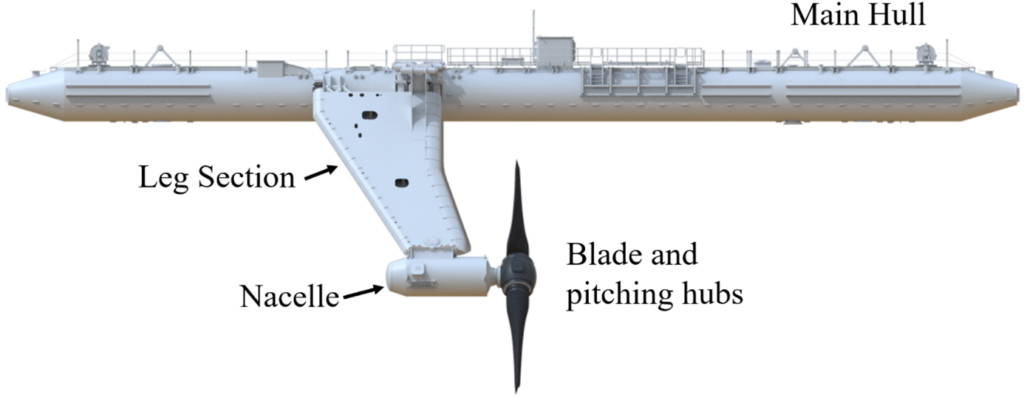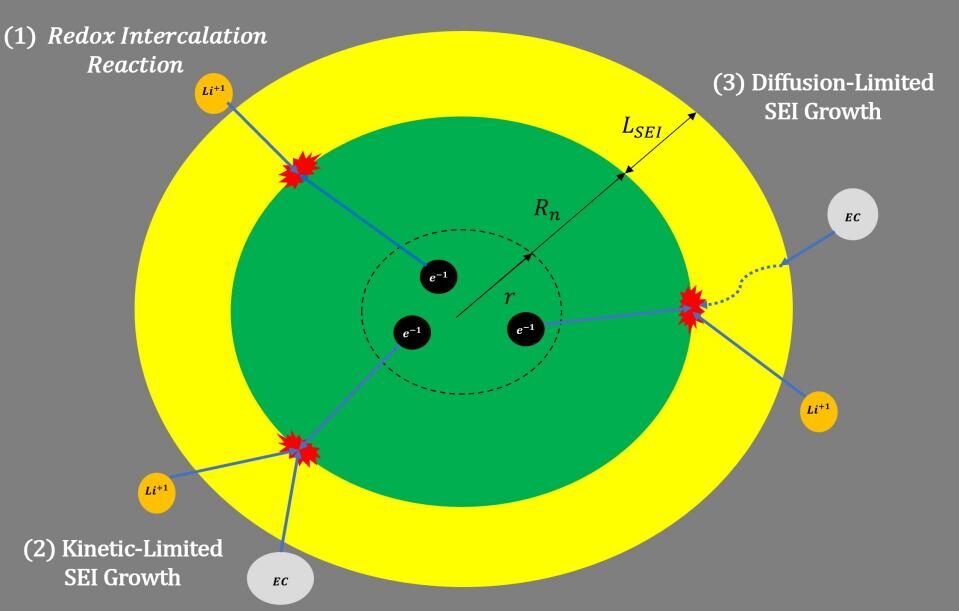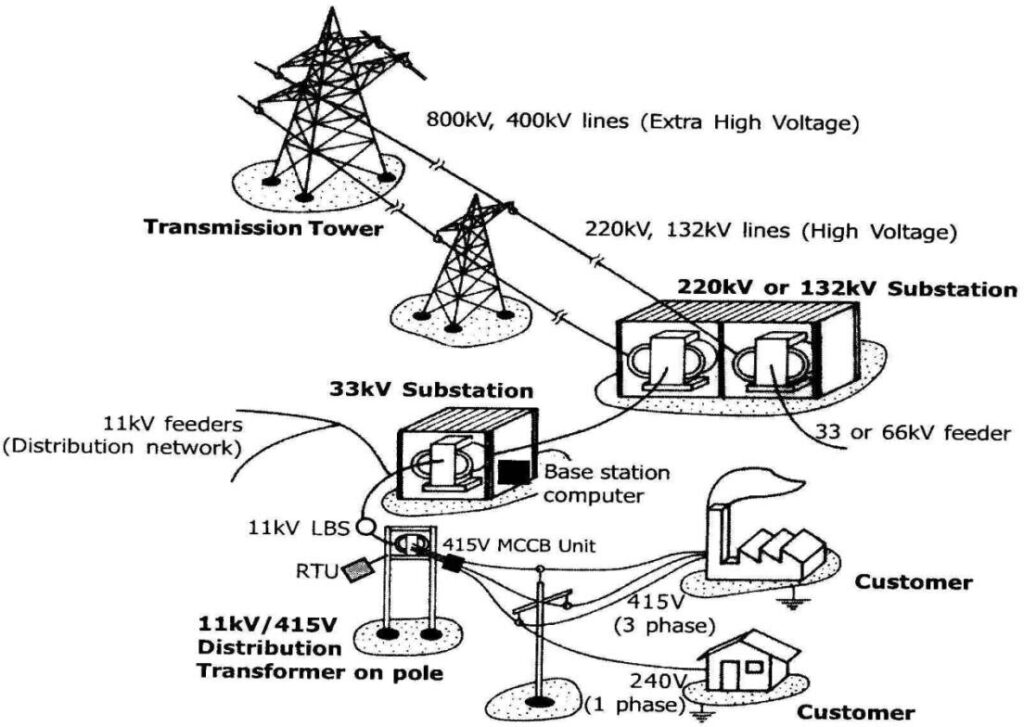Beyond Wind: Why Tidal Energy is Important to Global Decarbonization Efforts

Introduction
With limited resources, meeting the energy demands of a growing human population is a major problem of the modern age. Humanity sometimes takes correct, and sometimes incorrect, steps to solve this problem. Global warming, which we face as a result of incorrect steps, is one of them. Global warming is the excessive absorption of heat from the sun by gases in the atmosphere. Increased greenhouse gas emissions due to human activities accelerate global warming, leading to rising sea levels, extreme weather events, and a decrease in biodiversity. This situation poses a serious threat to the world [1]. In line with the EU’s projected “at least 55% reduction in greenhouse gas emissions compared to 1990” target for 2030, all possibilities must be evaluated. Micro-scale analyses should be conducted to meet energy demands, and region-specific solutions should be offered instead of general observations. The cost-effective use of renewable energy sources should be examined for their sustainability and preference.
Wind turbines are a preferred type of renewable energy, both on coasts and offshore. The electricity generated by wind turbines can be directly supplied to the grid or used in electrolyzers to separate hydrogen and oxygen from water. The oxygen produced as a byproduct can be easily sold to industry, while hydrogen can be converted into various forms. For example, it can react with CO₂ to produce methanol, or with nitrogen to produce ammonia, thus serving as an energy carrier. Hydrogen can also be used directly as an energy source in metal melting processes [2]–[4].
Tidal energy, which can be used in conjunction with offshore wind turbines, is among the currently potential applications. Among renewable energy sources, tidal current energy has significant potential and is currently progressing towards large-scale development. Similar to wind energy farms, tidal energy also carries the vision of creating “tidal farms” by bringing together numerous turbines. Tidal energy stands out among these resources due to its predictability and high energy density. Tidal turbines are systems that convert the kinetic energy of tidal currents into electricity and are specifically designed for installation in marine environments. The coasts of England, France, and Norway are ideal regions for tidal energy. For instance, a turbine farm on the coast of Anglesey in the UK could meet the energy needs of 200,000 households with a capacity of 240 MW.
Tidal Turbines: Harnessing the Power of Ocean Currents
Tidal turbines are submerged devices that convert the kinetic energy of tidal movements into electricity through rotating propellers as shown Figure 1. They typically consist of a rotor, generator, tower, and foundation. Research highlights key advancements and considerations in this field:

Figure 1 Side profile of the2 MW tidal turbine designed, built, and installed by Orbital Marine Power [5].
Li and Chen (2022) investigated the hydrodynamic and sediment transport effects of horizontal-axis turbines on a sandy seabed using Blade Element Momentum (BEM) and a two-phase mixture model. Their BEM modeling showed that optimizing turbulence and sediment interaction in turbine blades could increase efficiency by 30%, which is critical for cost-effectiveness [6].
Dillenburger-Keenan et al. (2024) analyzed the performance of horizontal ADCPs in energetic tidal environments and the impact of turbine farms on flow measurements. They emphasized that monitoring turbine performance can increase energy efficiency by 10-15% [5].
Li et al. (2024) evaluated the local and regional environmental interactions of tidal turbine farms using 3D modeling. When modeling the regional flow dynamics of an 18-turbine farm in the Irish Sea, they noted that even a 20% energy extraction led to significant hydrodynamic changes. These findings support the large-scale applicability of tidal energy [7].
The basic operating principle of tidal turbines is similar to wind turbines as shown Figure 2; however, water’s density, being 800 times greater than air’s, allows for high energy production with smaller turbines. This offers several advantages, including high energy density due to the denser and more predictable nature of tidal currents compared to wind, leading to stable energy production. Additionally, they have a low environmental impact with almost negligible carbon emissions compared to fossil fuels, although effects like sediment transport and local hydrodynamic changes must be carefully monitored. Designed with materials resistant to seawater corrosion, these turbines also boast a long lifespan, potentially lasting 20-25 years. Tidal turbines are increasingly vital in the renewable energy portfolio, proving their technical and economic viability and contributing to Europe’s energy independence.

Figure 2 Tidal Turbines working sheme [8]
Despite their promise, tidal turbines face several challenges, including high installation and maintenance costs, potential impacts on marine ecosystems (such as habitats and fish migration routes), the requirement for durable materials due to saltwater’s corrosive effects, and the limited availability of suitable installation sites. While they are seen as a potential clean energy source, especially in coastal areas, they hold promise for the future if technological advancements can reduce costs and minimize environmental impacts. However, tidal energy still requires significant research and development to reach technical maturity, particularly concerning turbulence modeling and sediment interaction. Nevertheless, advancements in floating turbine technology and computer-aided monitoring systems have reduced costs and increased commercial viability. Research on wake effects in tidal turbines indicates that small adjustments to the blade structure of horizontal-axis turbines can alter near-field wake generation with minimal effects on far-field wake generation. Similarly, changes in the support and hub structures of tidal turbines can affect near-field wake generation and accelerate the breakdown of near-field vortices, yet their impact on far-field wake generation remains minimal. Studies on horizontal-axis wind turbines also suggest that scale effects have very little impact on the wake of similarly designed blades.
Conclusions
Tidal turbines represent a promising avenue in the quest for sustainable energy, converting the kinetic energy of tidal movements into electricity via submerged propellers. These intricate devices typically comprise a rotor, generator, tower, and foundation, each playing a crucial role in their operation. Recent advancements and ongoing research are continually refining their efficiency and understanding their environmental interactions.
One notable study by Li and Chen (2022) delved into the hydrodynamic and sediment transport effects of horizontal-axis turbines on sandy seabeds. By employing Blade Element Momentum (BEM) and a two-phase mixture model, they demonstrated that optimizing the interaction between turbulence and sediment within the turbine blades could significantly boost efficiency by 30%. Such improvements are paramount for enhancing the cost-effectiveness of tidal energy. Further research by Dillenburger-Keenan et al. (2024) highlighted the importance of monitoring turbine performance in energetic tidal environments, suggesting that doing so can increase energy efficiency by 10-15%. This underscores the value of real-time data and sophisticated monitoring systems in maximizing energy capture. Expanding on the environmental front, Li et al. (2024) utilized 3D modeling to assess the local and regional environmental interactions of tidal turbine farms. Their modeling of an 18-turbine farm in the Irish Sea revealed that even a 20% energy extraction led to significant hydrodynamic changes, a finding that, while requiring careful consideration, also supports the potential for large-scale applicability of tidal energy.
Despite their considerable promise, the widespread adoption of tidal turbines faces several challenges. These include high initial installation and ongoing maintenance costs, which can be substantial given the harsh marine environment. There are also potential impacts on marine ecosystems, such as disruption to habitats and fish migration routes, necessitating thorough environmental assessments and mitigation strategies. The corrosive nature of saltwater demands the use of highly durable and often expensive materials, further contributing to costs. Moreover, the availability of suitable installation sites with consistently strong tidal currents is limited, restricting deployment to specific geographical areas. While tidal turbines are widely regarded as a clean energy source with particular relevance for coastal regions, their future success hinges on continued technological advancements that can drive down costs and minimize environmental impacts. Currently, tidal energy still requires significant research and development (R&D) efforts to achieve full technical maturity, particularly in areas like turbulence modeling and sediment interaction. Encouragingly, innovations such as floating turbine technology and computer-aided monitoring systems are already helping to reduce costs and enhance commercial viability. Continued research in these areas will be vital for maximizing the efficiency and minimizing the environmental footprint of future tidal energy projects.
References
[1] United Nations Environment Programme, Emissions Gap Emissions Gap Report 2020. 2020. [Online]. Available: https://www.unenvironment.org/interactive/emissions-gap-report/2019/
[2] A. Richer, “Geothermal energy has its place in the energy mix, since it overcomes the shortcomings of other renewable sources, mainly intermittent, such as wind or solar.,” 2021. https://www.thinkgeoenergy.com/geothermal-energy-source-of-heat-cold-and-electricity/
[3] F. Besnard and L. Bertling, “An approach for condition-based maintenance optimization applied to wind turbine blades,” IEEE Trans. Sustain. Energy, vol. 1, no. 2, pp. 77–83, 2010, doi: 10.1109/TSTE.2010.2049452.
[4] B. Spencer, “Do Labour’s hopes of a hydrogen driven future hold water?,” 2024. https://www.thetimes.com/uk/article/do-labours-hopes-of-a-hydrogen-driven-future-hold-water-n2cnzxzwv?region=global
[5] J. Dillenburger-Keenan, C. Miller, and B. Sellar, “On the Performance of a Horizontally Mounted ADCP in an Energetic Tidal Environment for Floating Tidal Turbine Applications,” Sensors, vol. 24, no. 14, p. 4462, Jul. 2024, doi: 10.3390/s24144462.
[6] J. Li and X. Chen, “Coupled BEM and two-phase mixture model for surrounding flow of horizontal axial turbine over sediment seabed,” Ocean Eng., vol. 261, p. 112127, Oct. 2022, doi: 10.1016/j.oceaneng.2022.112127.
[7] X. Li, M. Li, J. Wolf, A. J. Williams, C. Badoe, and I. Masters, “Local and regional interactions between tidal stream turbines and coastal environment,” Renew. Energy, vol. 229, p. 120665, Aug. 2024, doi: 10.1016/j.renene.2024.120665.
[8] H. Phan, “Engineering At Sea – Tidal Turbines,” 2025. https://www.qualitybearingsonline.com/blogengineering-at-sea-tidal-turbines/
[9] M. Nachtane, M. Tarfaoui, I. Goda, and M. Rouway, “A review on the technologies, design considerations and numerical models of tidal current turbines,” Renew. Energy, vol. 157, pp. 1274–1288, Sep. 2020, doi: 10.1016/j.renene.2020.04.155.
[10] X. Liu et al., “Review of research on wake characteristics in horizontal-axis tidal turbines,” Ocean Eng., vol. 312, p. 119159, Nov. 2024, doi: 10.1016/j.oceaneng.2024.119159.
Keywords: energy, tidal turbine, turbine, wind energy













Responses